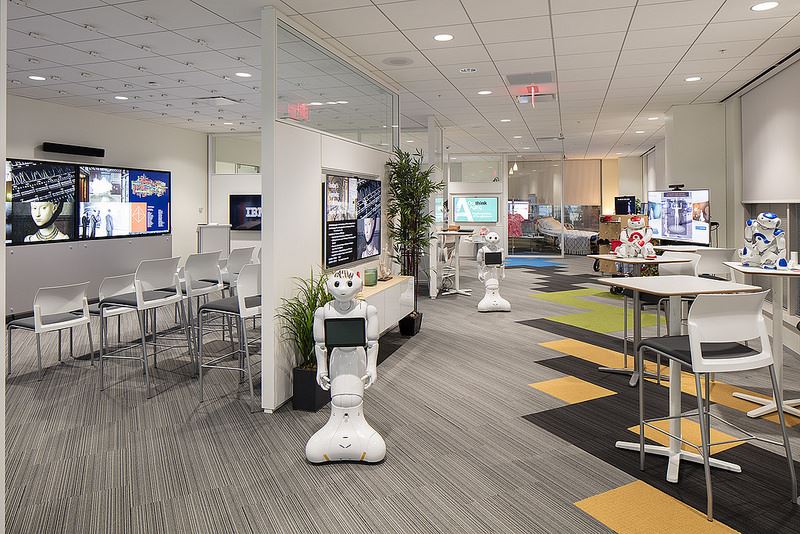
On the 18th of June, the Australian Centre for Robotic Vision (funded by the Australian Research Council) released Australia’s first Robotics Roadmap. The document aims to ‘guide how Australia can harness the benefits of the new robot economy’ and it joins a host of other international roadmaps, confirming our march toward the fourth industrial revolution.
Just four days before, our panel gave us insight into how robots are already working among us, and - with the help of a Star Wars simile - we learned that there’s more to this technology than Terminator, A.I Artificial Intelligence, or even Wall-E would have us believe...
WE EXPLORED:
-
What Robotic Process Automation (RPA) is and how it works
-
How and where physical robots are used
-
The limitations of robotics
-
How RPA works alongside of Natural Language Processing (NLP)
-
Tips for determining the best applications of robotics and how to educate your workforce
-
The impact of robotics on the workforce
WITH PANELISTS:
-
Annie Hariharan, Senior Manager, PwC
-
Leigh Pullen, Executive Director, CiGen
-
Nicci Rossouw, CEO, Exaptec
THE TAKEOUTS
-
RPA is software that is robot-like; programmed to complete standardised processes that were once completed manually by a human (often times the ‘grunt work’). These robots are wholly task-based.
-
Telepresence robots are iPad’s attached to a stick, controlled by a human in another location through an application that allows them to drive the bot, be seen and communicate via the hardware. Service bots are an extension of telepresence incorporating more apps and capabilities, while companion bots include the ability to speak several languages and perform both physical and digital tasks.
-
The key features of physical bots and RPAs have obvious applications across a wide range of sectors, but in Australia the uptake has been slow
-
At its core, RPA is fast, efficient and accurate. It is prime for processes that are simple and standard.
-
Robots cannot truly take the place of humans in all roles and responsibilities (at this point in time), because they are not truly artificially intelligent - they cannot (as C-3P0 does) understand context, infer, or derive meaning.
-
The greatest impact RPA will have will be on entry-level, or low-skilled, positions. These are the kinds of roles that teach us how to work, and how to do our jobs, to eventually move up the chain.
-
Headcount reduction, or cost-play, are not a compelling enough reasons to implement robotics.
-
The most culturally-successful introductions of bots occur when organisations are transparent with, and educate their workforce during integration.
-
Risk in RPA is inherited from the programmer, or those designing the work flow. To minimise potential risks, approach managing a bot as you would any other employee by restricting access and enforcing data purging.
-
Robotics will continue to evolve with the integration of NLP and machine learning.
Image credit: IBM THINKLab Aging in Place Environment: Softbank Pepper Robots